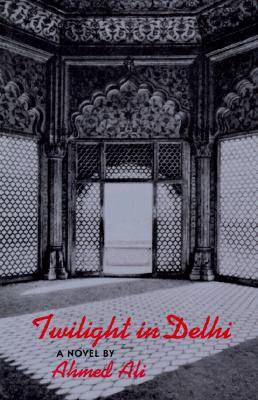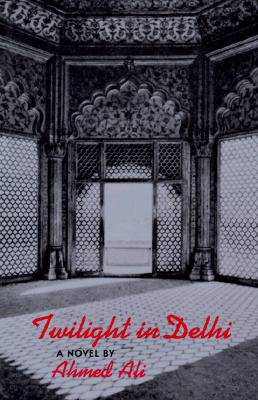
- Afhalen na 1 uur in een winkel met voorraad
- Gratis thuislevering in België vanaf € 30
- Ruim aanbod met 7 miljoen producten
- Afhalen na 1 uur in een winkel met voorraad
- Gratis thuislevering in België vanaf € 30
- Ruim aanbod met 7 miljoen producten
Zoeken
€ 20,95
+ 41 punten
Omschrijving
Set in nineteenth-century India between two revolutionary moments of change, Twilight in Delhi brings history alive, depicting most movingly the loss of an entire culture and way of life. As Bonamy Dobree said, "It releases us into a different and quite complete world. Mr. Ahmed Ali makes us hear and smell Delhi...hear the flutter of pigeons' wings, the cries of itinerant vendors, the calls to prayer, the howls of mourners, the chants of qawwals, smell jasmine and sewage, frying ghee and burning wood." The detail, as E.M. Forster said, is "new and fascinating," poetic and brutal, delightful and callous. First published by the Hogarth Press in 1940. Twilight in Delhi was widely acclaimed by critics and hailed in India as a major literary event. Long since considered a landmark novel, it is now available in the U.S. as a New Directions Classic. Twilight in Delhi has also been translated into French, German, Portuguese, Spanish, and Urdu.
Specificaties
Betrokkenen
- Auteur(s):
- Uitgeverij:
Inhoud
- Aantal bladzijden:
- 200
- Taal:
- Engels
- Reeks:
- Reeksnummer:
- nr. 782
Eigenschappen
- Productcode (EAN):
- 9780811212670
- Verschijningsdatum:
- 17/05/1994
- Uitvoering:
- Paperback
- Formaat:
- Trade paperback (VS)
- Afmetingen:
- 131 mm x 202 mm
- Gewicht:
- 244 g

Alleen bij Standaard Boekhandel
+ 41 punten op je klantenkaart van Standaard Boekhandel
Beoordelingen
We publiceren alleen reviews die voldoen aan de voorwaarden voor reviews. Bekijk onze voorwaarden voor reviews.











